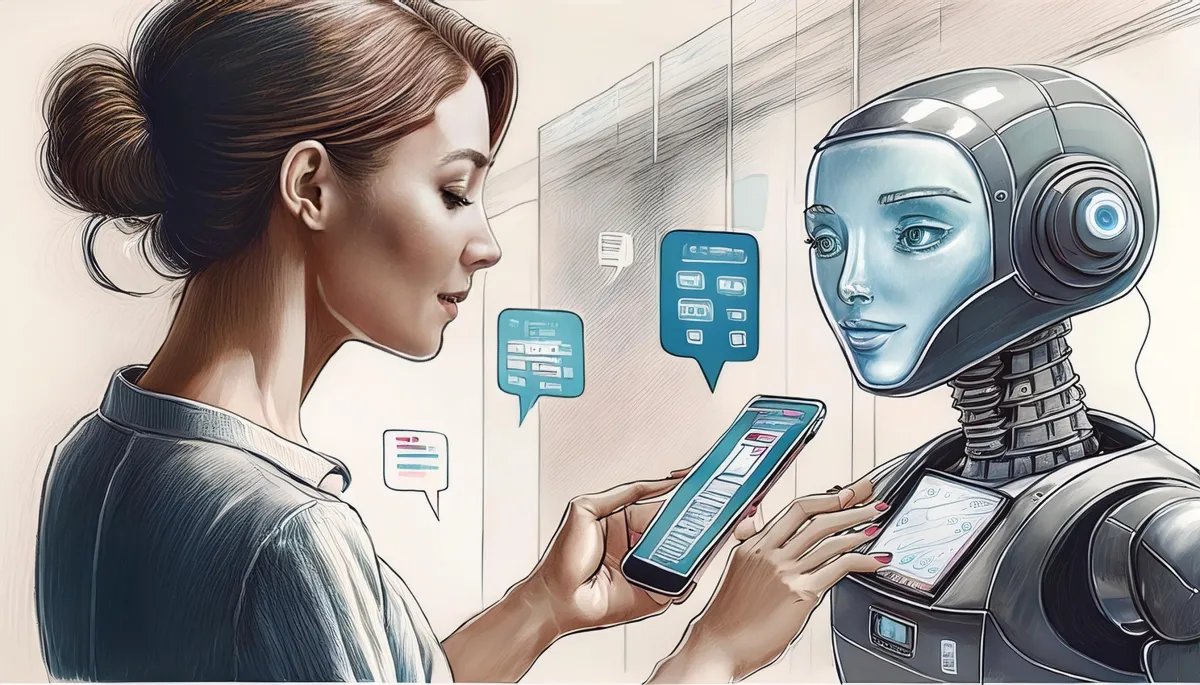
The Gap Between Innovation and Confidence
Automation Everywhere
Across industries, automation has become the invisible engine of modern business. Customer support bots resolve tickets in seconds, algorithms handle recommendations, and warehouses move on their own schedules. Efficiency is the prize everyone’s chasing.
But in 2025, the cracks are visible. Customers are starting to question not the speed, but the certainty behind the systems they interact with. Did the chatbot actually understand my problem? Is this personalized price fair, or am I being profiled? Who’s accountable when the algorithm gets it wrong?
Automation has solved friction. It hasn’t solved trust.
The Human Void
In the race to streamline, many brands removed the very element that gave customers confidence: human reassurance. When every interaction is automated, a new kind of doubt creeps in. The experience may be faster, but it often feels colder.
The absence of human touchpoints leaves customers second-guessing outcomes. They might appreciate the convenience of an AI-driven refund system, yet still prefer confirmation from a real person. The lesson isn’t that automation fails—it’s that automation without clarity breeds unease.
Transparency as the New Currency
The businesses that are earning loyalty right now aren’t necessarily the most advanced. They’re the most open. They explain how decisions are made, when automation is used, and what customers can expect if something goes wrong.
Transparency turns automation from a black box into a promise. It reframes technology as a partner, not a replacement. Customers don’t mind that machines are involved—they just want to know that someone is still accountable.

Where Trust Breaks Down
Every algorithmic decision carries a moment of truth: does the customer believe the outcome is fair? When pricing, service routing, or recommendations feel inconsistent, trust erodes quickly. The more opaque the process, the less confidence customers have in the brand’s intentions.
You can see this in retail and finance especially. Shoppers question why promotions vary by account. Borrowers want to understand how credit limits are set. The technology isn’t the issue—it’s the silence that surrounds it.
Designing for Reassurance
The most resilient customer experiences now are designed not just for efficiency, but for assurance. That means building visible checkpoints that reaffirm fairness and care.
Visible accountability: making it clear when a decision was made by a system and when by a person
Consistent logic: applying automation rules evenly across customer segments
Human fallback: offering easy escalation to a real representative
These small design choices communicate stability in a world that increasingly feels automated and unpredictable.
The Leadership Challenge
For executives, the opportunity isn’t just adopting automation—it’s governing it. The question to ask is no longer “Can we automate this?” but “Should we?” Every automated decision affects how customers perceive fairness, empathy, and reliability.
The leaders who will stand out in this next phase of business are those who balance scale with sincerity. They don’t hide automation—they explain it. They use it to enhance relationships, not replace them.
The Path Forward
As automation deepens across industries, the companies that win will be those that design for trust first and technology second. Efficiency might attract customers, but transparency is what keeps them.
In 2025, speed alone isn’t an advantage anymore. Assurance is.

